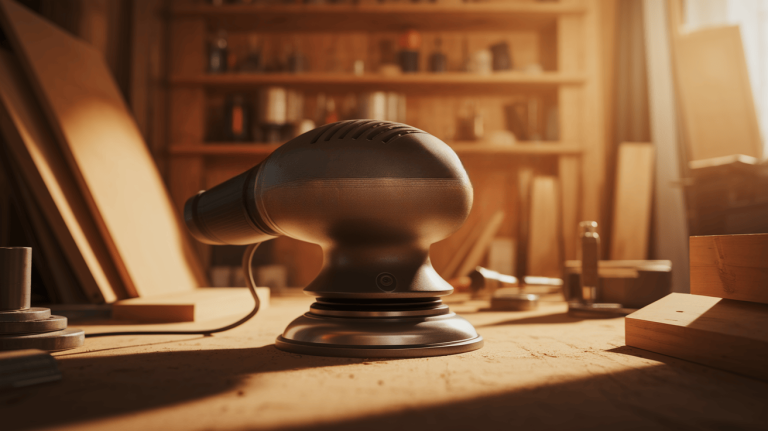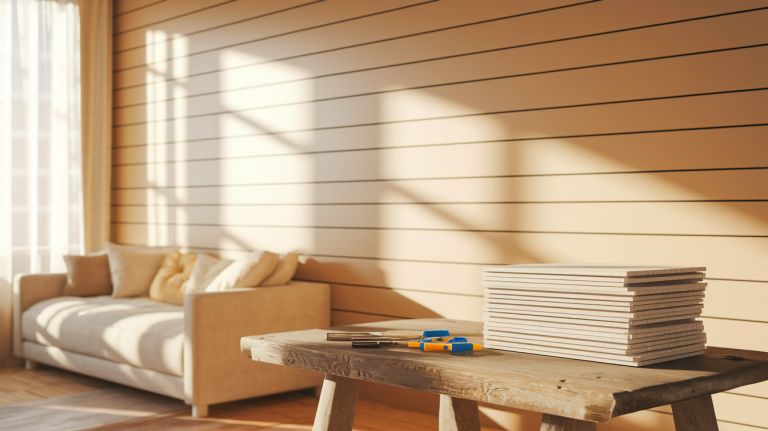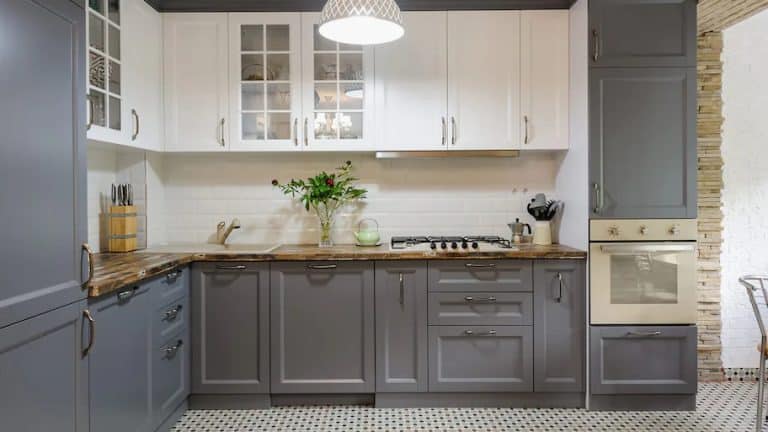DIY Guide for Painting Woodwork White
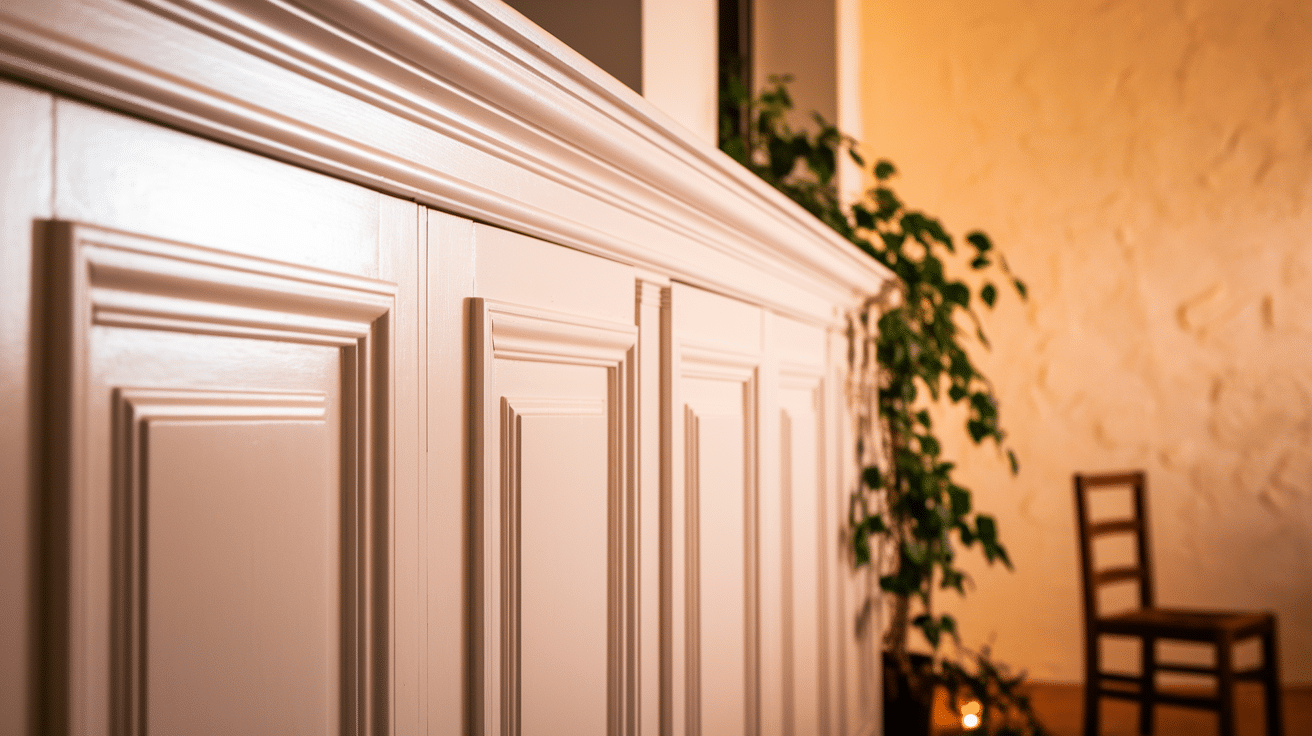
Have you ever wondered if painting woodwork white could change how your home feels and make your walls stand out in a whole new way?
Many people consider giving their trim, doors, or window frames a brighter look, but they often hesitate because they’re unsure if it is the right choice.
The truth is that even small changes like painting woodwork white can have a big impact on the mood of a room.
We will be telling you about why people choose it, what to think about before starting, and how to get results that last.
Should You Paint Your Woodwork White?
Yes, you can paint your woodwork white, as long as you like it.
Painting your woodwork white can brighten your space and give it a modern, clean feel, but it’s not always the right choice for every home.
Things to consider before painting woodwork white:
- Style fit: Works best in modern, farmhouse, and coastal homes.
- Visual impact: White pops against colored walls and makes rooms feel larger.
- Maintenance: Shows dirt and scuffs more easily than dark wood.
- Home age: Original wood in older homes may lose character if painted.
- Resale value: White woodwork appeals to many buyers, but not all.
- DIY skill: Requires prep, patience, and multiple coats, especially over dark wood.
- Personal preference: Choose what you love and what fits your space best.
Before you pick up a paintbrush, think about your style, the age of your home, and how much maintenance you’re willing to put in.
Tools and Materials Required for Painting Woodwork White
Before painting any of your woodwork, make sure you have the necessary tools and materials ready.
| Item | Purpose |
|---|---|
| High-quality paintbrushes and rollers | For a smooth application of paint |
| Painter’s tape | To protect adjacent surfaces |
| Drop cloths or plastic sheeting | For floor and furniture protection |
| Sandpaper (or deglosser) | For roughening surfaces to improve paint adhesion |
| Wood filler | To repair any cracks or holes |
| Primer | Especially important for stained or varnished wood |
| White trim paint | Semi-gloss or satin finish recommended |
| Cleaning solution and a damp cloth | Like TSP, for preparing surfaces |
Step-by-Step Guide to Paint Woodwork White
Getting white woodwork right takes time, but anyone can do it with some care. Follow these steps for a finish that looks good and lasts.
Step 1: Inspect and Clean the Wood
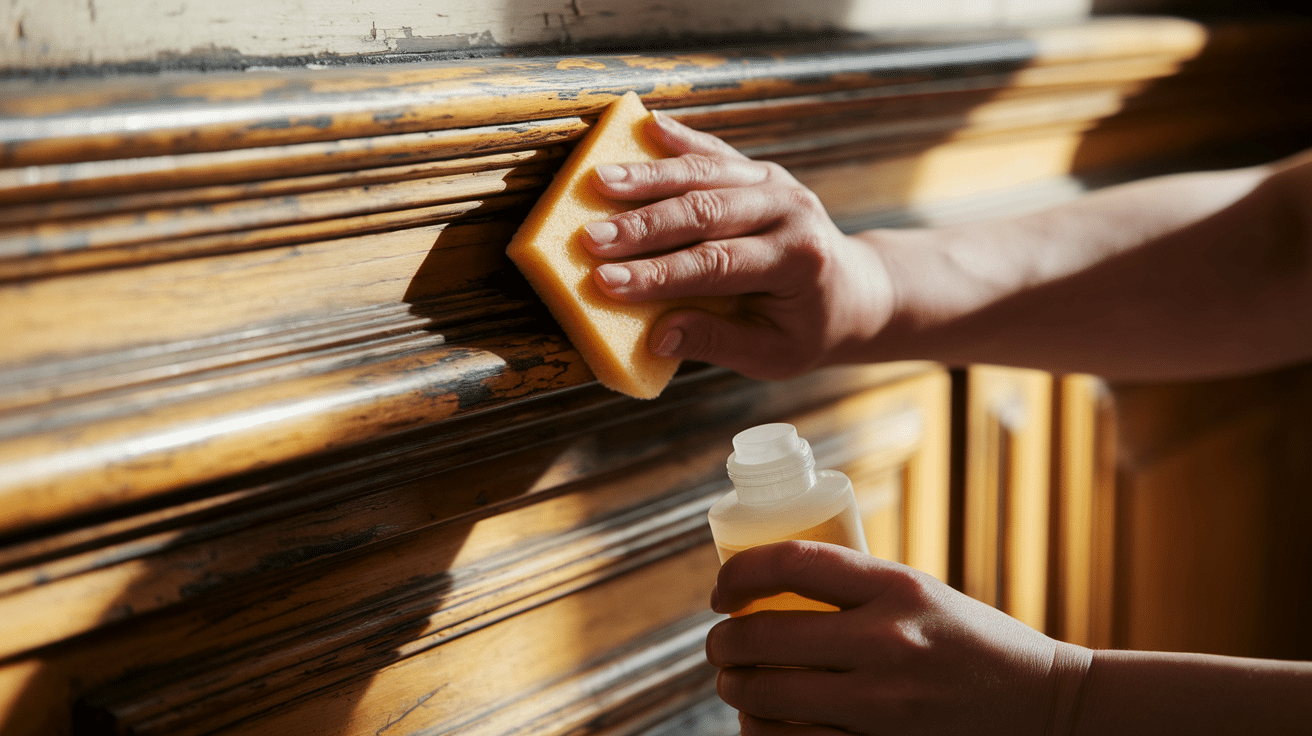
Start by looking closely at all your trim. Spot any loose parts, holes, or sticky spots.
Then, wash everything with a good cleaner to remove dirt, grease, and old wax.
Wipe with clean water afterward and let it dry fully. Clean wood helps paint stick better and last longer.
Step 2: Sand The Wood (or Use a Deglosser)
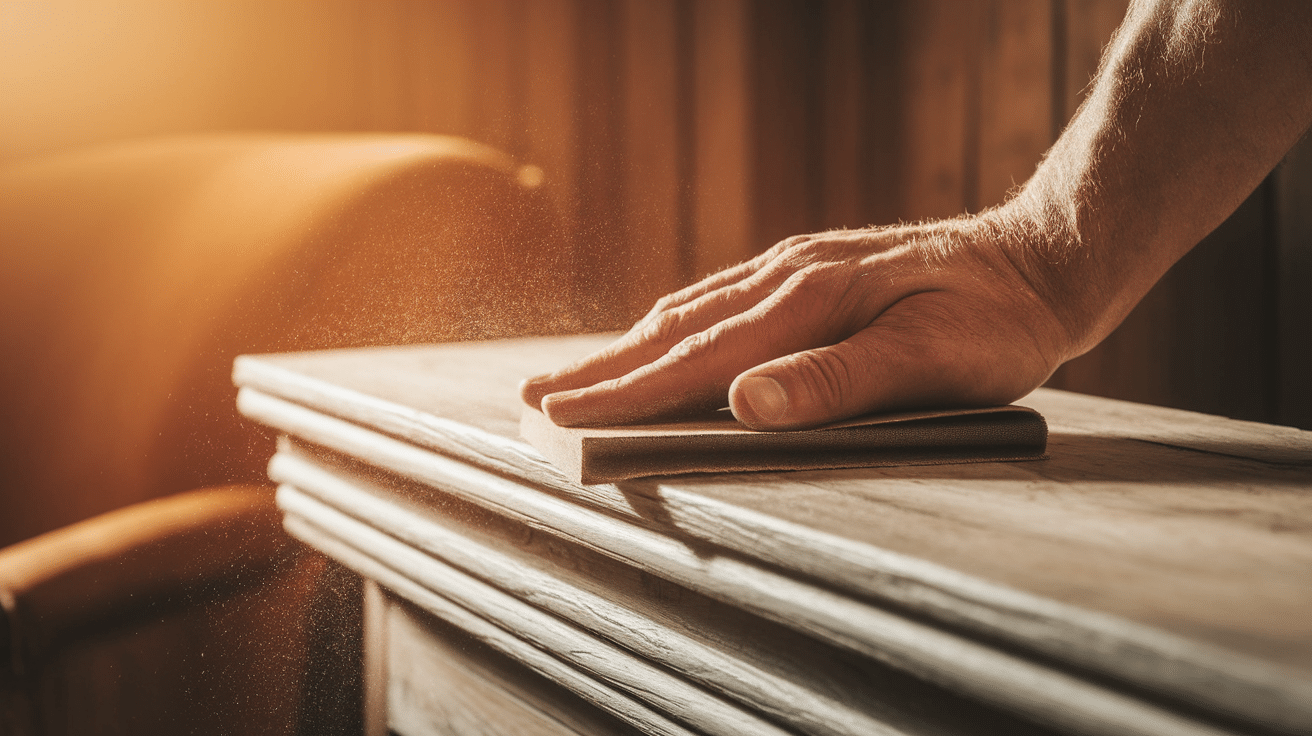
Light sanding helps paint stick better.
Use 180-220 grit paper and sand with the wood grain. Don’t press too hard, just enough to dull the shine.
When done, wipe away all dust with a tack cloth.
Liquid sandpaper (also known as deglosser) works, too, for tricky spots or lots of detail.
Step 3: Fill and Repair
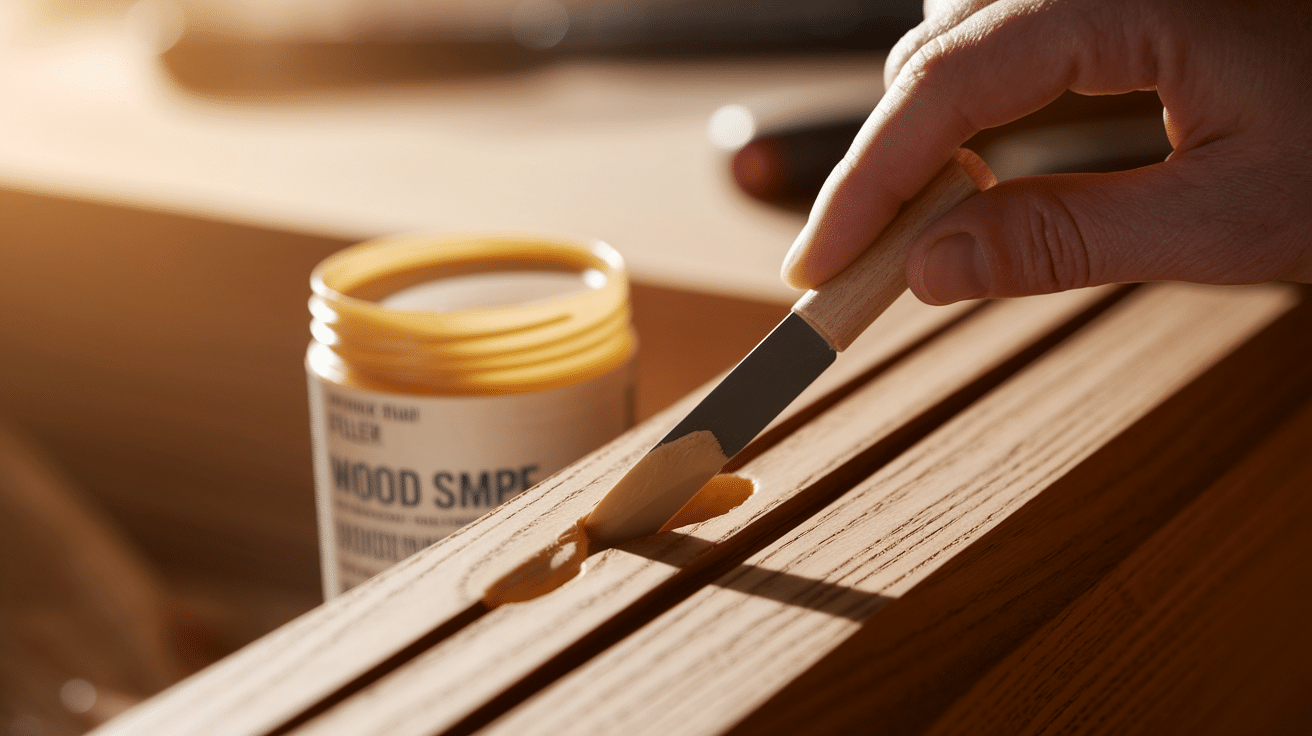
Look for holes, cracks, and dents in your woodwork. Using a small putty knife, fill these spots with wood filler.
Push the filler in firmly and smooth it flat. Let it dry as noted on the package.
Sand the filled areas until they feel smooth to the touch. Good repairs mean better-looking final results.
Now that your woodwork preparation is done, you can paint it without damaging it.
Step 4: Tape and Protect Surrounding Areas
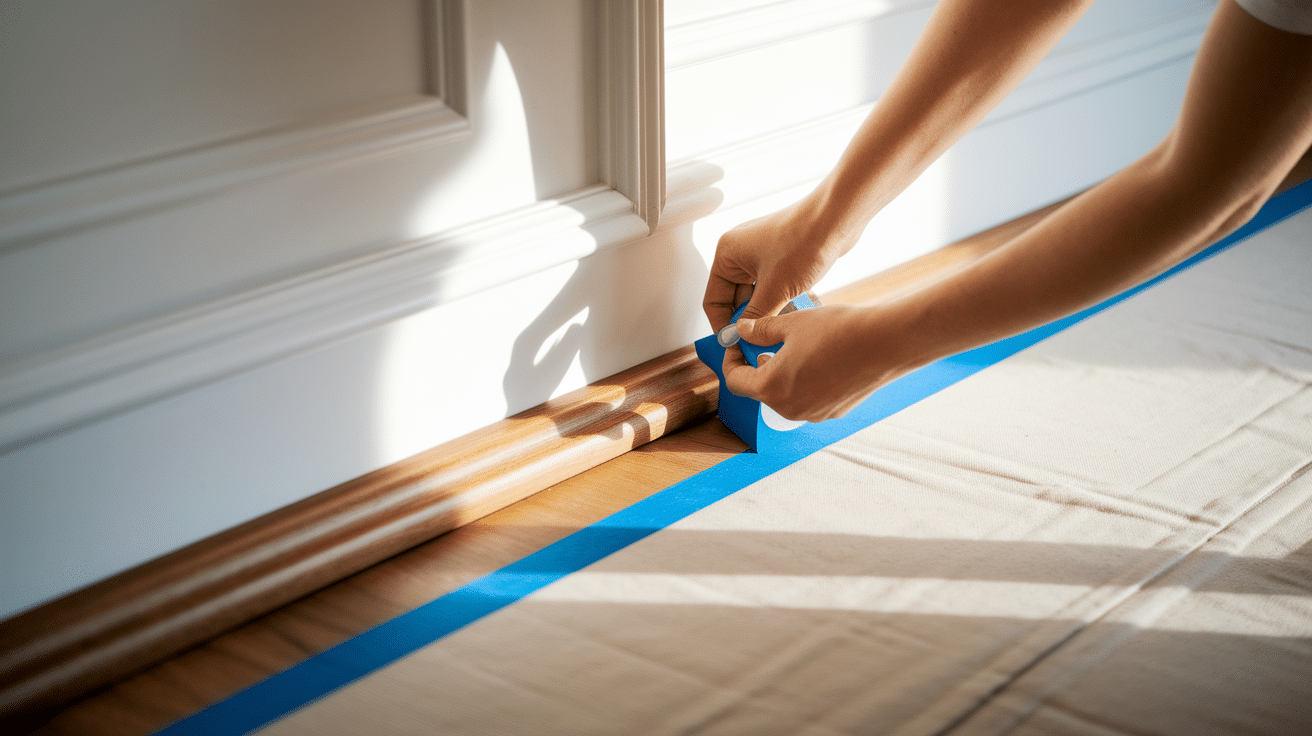
Yes, now your woodwork is ready, but the surroundings should also be ready.
Painter’s tape should be applied along edges where wood meets walls, floors, or glass.
A putty knife should be used to press the tape down firmly for crisp lines.
Lay drop cloths over the floors and cover nearby items. Good taping takes time but saves a lot of cleanup work later.
Step 5: Prime the Woodwork
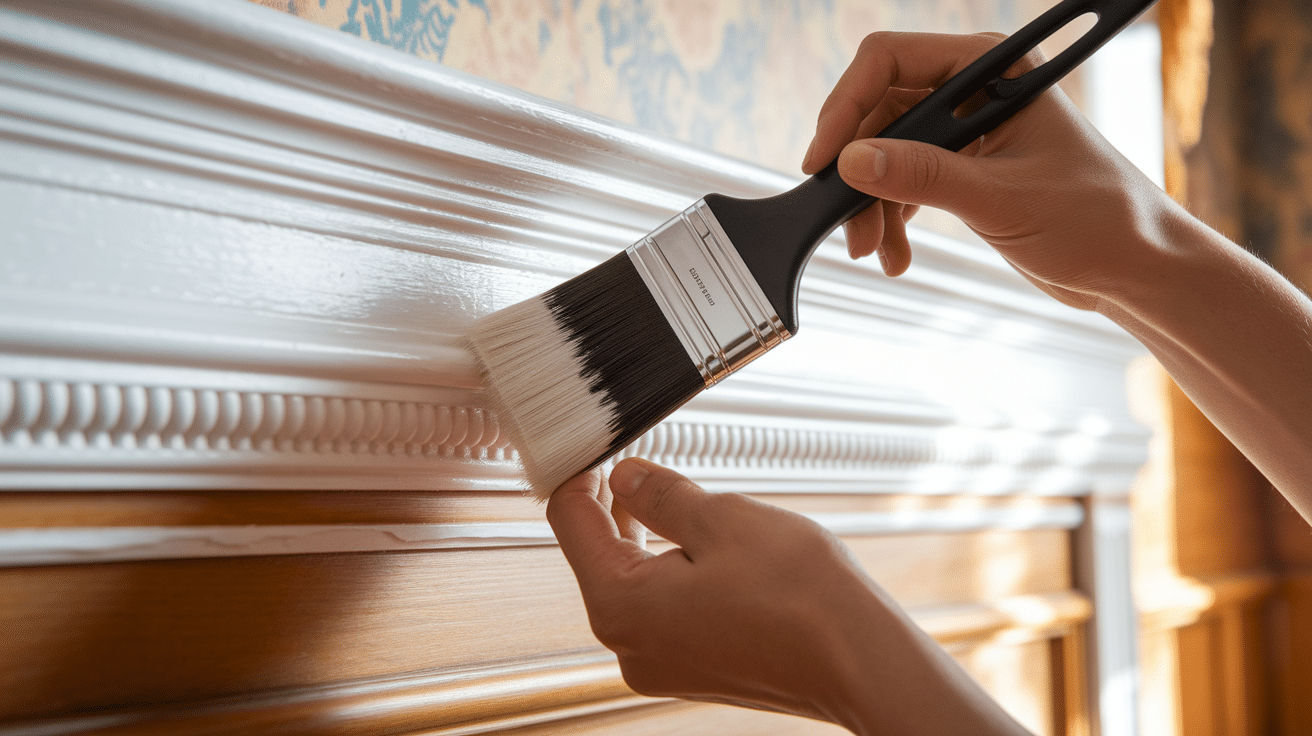
Apply primer with a brush or small roller.
Work in the same direction as the wood grain. Get a thin, even coat that covers well and let it dry fully.
Dark wood might need two coats of primer to block the color. Primer helps the paint stick and look smooth.
It also assists in blocking stains & easy painting.
Step 6: Paint the Woodwork

Use a high-quality brush and load it with paint, about 1/3 of the bristle length.
Start at the top and work down. Paint with long, smooth strokes in the same direction as the wood grain.
Avoid using too much paint or reapplying to areas that are starting to dry. Two thin coats look better than one thick coat.
Step 7: Let it Dry and Touch it Up
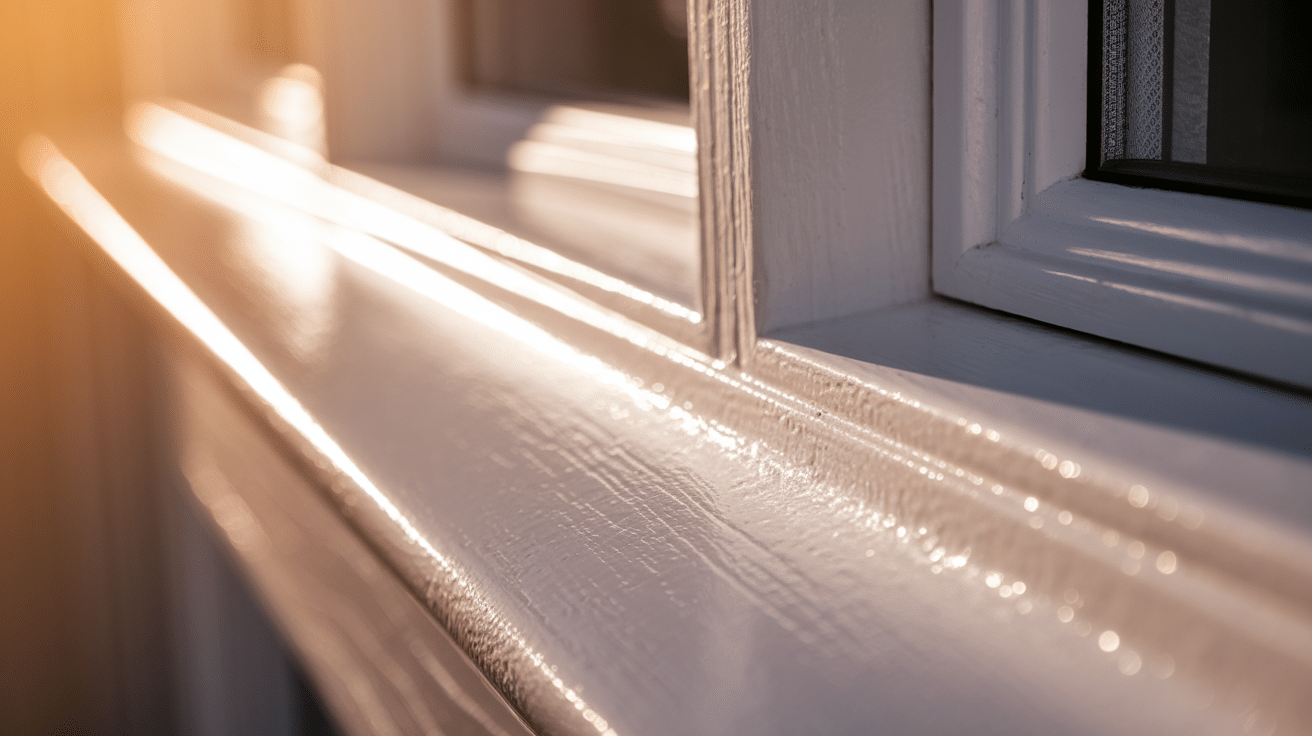
Give the paint plenty of time to dry between coats and after the final coat.
Most trim paints need at least 24 hours. Remove the tape while the paint is still slightly wet for cleaner lines.
Check your work in good light and touch up any missed spots or thin areas.
Small artist brushes work well for tiny touch-ups.
How to Paint Woodwork Without Sanding?
If you are short on time, you can skip sanding. Here are some ways to do it:
- Use a bonding primer made for glossy or slick surfaces (like Zinsser or KILZ).
- Clean thoroughly with TSP or a strong degreaser; no dirt or grease should remain.
- Consider liquid sandpaper (deglosser) for a chemical alternative to sanding.
- Skip sanding only if the woodwork is in good condition (no peeling or chipping).
- Spot-sand problem areas and use the no-sand method on the rest for a balanced approach.
- Expect slightly less durability, and you may need to repaint sooner than a fully sanded job.
Choosing the Perfect White Paint for Your Woodwork
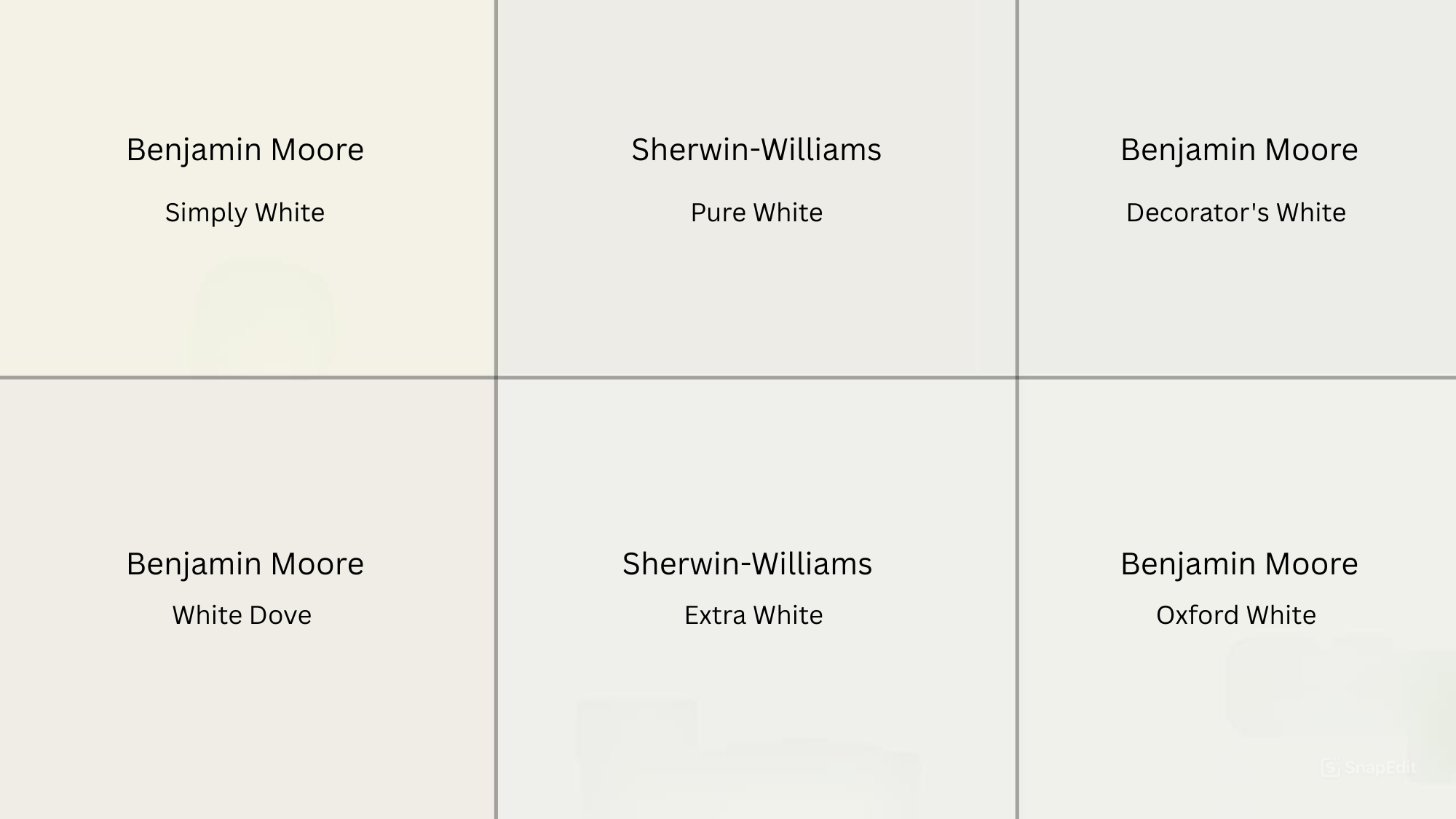
For woodwork, semi-gloss or satin finishes work best.
They clean easier than flat paint and stand up to bumps. Semi-gloss gives more shine and shows off trim details.
Satin offers a softer glow that hides small flaws better.
- Simply White (Benjamin Moore): This is a clean, crisp white that isn’t too stark. It works in most rooms and lighting types, and it is not too yellow or blue, making it very flexible.
- Pure White (Sherwin-Williams): A bit softer than bright white but still fresh-looking. It pairs well with both cool and warm wall colors.
- Decorator’s White (Benjamin Moore): This white has slight blue-gray hints. It is great for modern spaces or rooms with lots of natural light.
- White Dove (Benjamin Moore): A warm white with tiny hints of gray. Looks soft and works well in rooms with little natural light.
- Extra White (Sherwin-Williams): a true, bright white with no undertones. It is good for clean, modern looks, but can feel a bit stark in some spaces.
- Oxford White (Benjamin Moore): A balanced white that doesn’t lean too warm or too cool. Very good for trimming throughout a house.
Paint quality counts more with white. Cheap white paint often needs extra coats and doesn’t wear as well.
Spending a bit more on good paint saves work and looks better longer.
Common Painting Problems That Usually Come Up
Here are some common painting problems that may come up while painting, with its reasons & how to solve them.
| Problem | Cause | Solution |
|---|---|---|
| Brush Marks and Streaks | Paint drying too fast or overworking an area | Add Floetrol and work in small sections for a smoother finish. |
| Drips and Runs | Too much paint in one spot | Let them dry, sand smooth, and repaint. |
| Peeling or Poor Adhesion | Dirty or unprimed surfaces | Scrape, sand, prime, and repaint for a lasting fix. |
| Bleed-Through from Dark Wood | Tannins in wood stain white paint | Use a stain-blocking primer, possibly two coats. |
| Yellowing White Paint | Common with oil-based paint | Switch to water-based or acrylic-urethane blends to stay bright. |
| Uneven Coverage | White over dark wood needs multiple coats | Apply multiple thin coats, and let each coat dry before applying the next. |
Maintaining and Touching Up White Woodwork Tips
Here’s how to keep your white trim looking good for years to come.
- Wipe with warm, soapy water every few months.
- Store leftover paint in a labeled jar. Dab tiny spots with an artist’s brush and feather larger ones.
- Use a pencil eraser or a damp cloth with baking soda to erase marks before repainting.
- Inspect once a year for chips, scuffs, or water damage, and fix everything in one go.
- Use felt pads on doors, chair rails, and teach kids to avoid banging into baseboards.
- High-traffic areas may need a fresh coat after 5–7 years.
The Bottom Line
Painting woodwork white can feel like a small change, but it has the power to refresh your space and make everything feel brighter and more inviting.
With patience and the right approach, each stroke of paint adds charm and character that stays with your home for years to come.
Once you see the difference in even a single corner, you may find yourself excited to continue creating that clean and welcoming look in every room.
Have you ever tried painting woodwork white, or are you planning to start soon? Tell us, share with us in the comments below.

